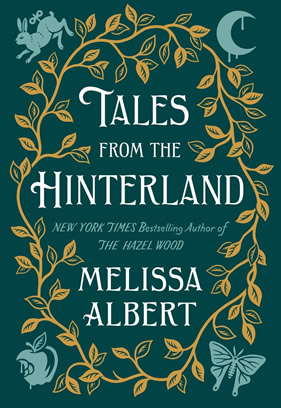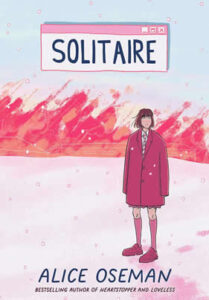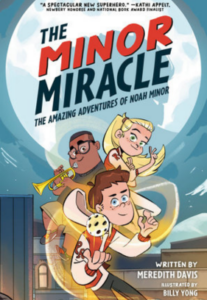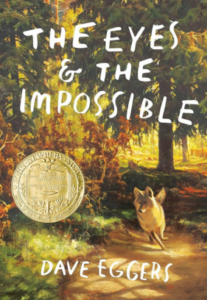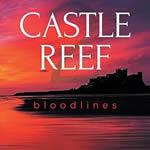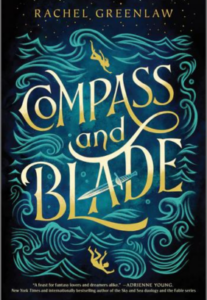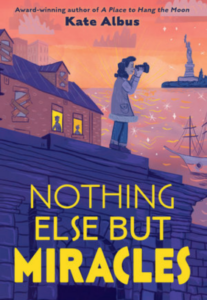Tales From the Hinterland presents readers with 12 pitch-black fairy tales that spring from the world constructed in author Melissa Albert’s previous bestselling novels. This is a darkly lyrical collection of stories about clockwork toys that consume children’s dreams; a girl who spends a night with Death; a maiden skinned to make her a better bride; parents who sell children for a life of fortune; and more.



